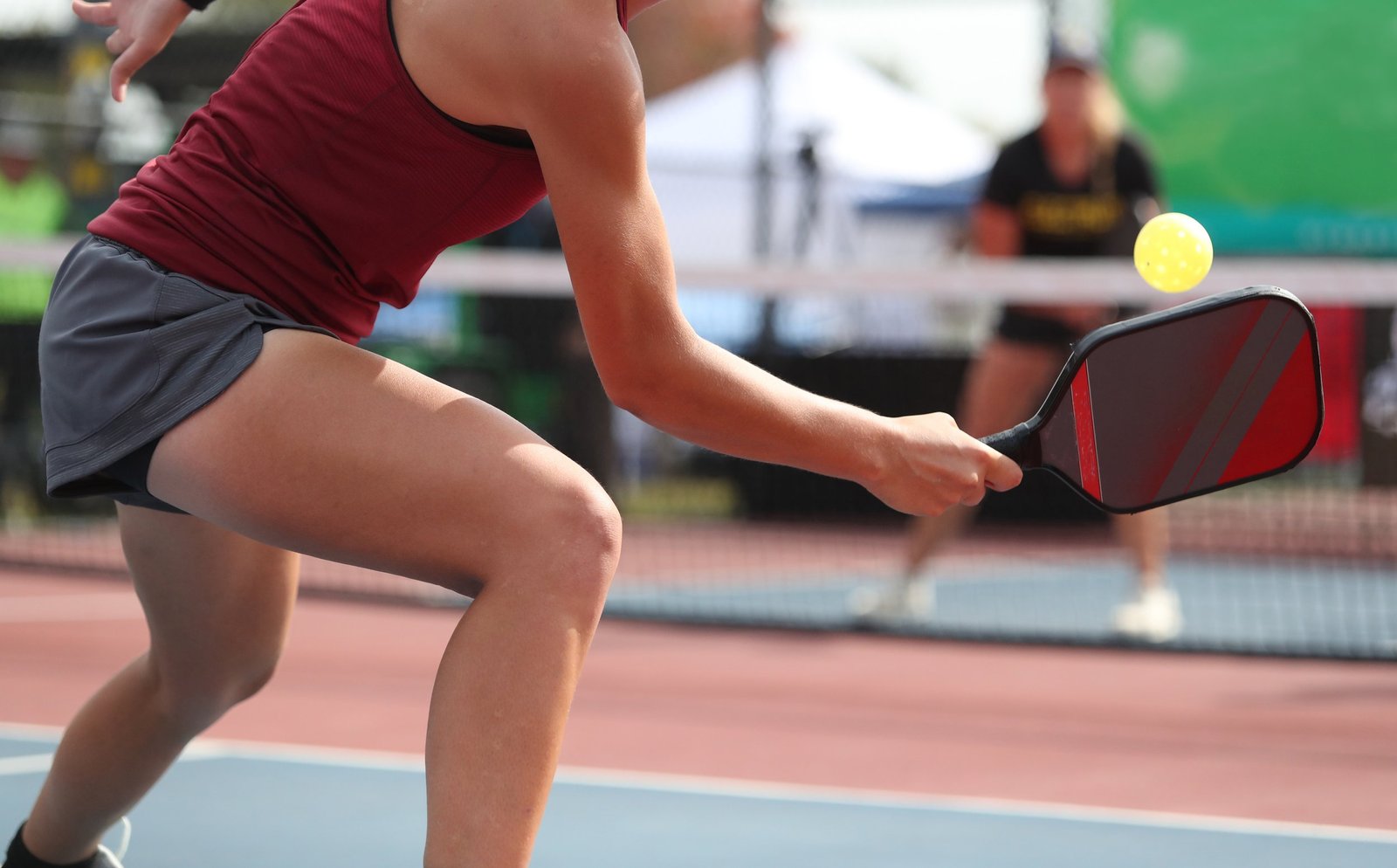
Pickleball has taken the sports world by storm, captivating players of all ages with its fast-paced, social nature. But for many enthusiasts, joint pain can sideline their passion. The good news? Joint replacement surgery is helping pickleballers get back in the game stronger than ever. Let’s dive into how these determined athletes are bouncing back and dominating the courts once again.
The Pickleball Boom and Its Impact on Joints
Pickleball’s popularity has skyrocketed in recent years, especially among older adults seeking a fun, low-impact way to stay active. However, the sport’s quick movements and repetitive motions can take a toll on aging joints.
Key factors contributing to joint stress in pickleball:
- Rapid direction changes
- Frequent stopping and starting
- Overhead shots straining shoulders
- Lunging movements impacting knees and hips
For many dedicated players, the wear and tear eventually leads to the need for joint replacement surgery. But rather than viewing this as the end of their pickleball journey, many see it as a new beginning.
Most Common Joint Replacements for Pickleballers
• Hip replacement
• Knee replacement
• Shoulder replacement
| Joint | Recovery Time | Return to Play |
|---|---|---|
| Hip | 3-6 months | 4-6 months |
| Knee | 2-3 months | 3-4 months |
| Shoulder | 4-6 months | 6-9 months |
The Road to Recovery: From Surgery to Serve
Returning to pickleball after joint replacement is a journey that requires patience, dedication, and a positive mindset. Here’s a breakdown of the typical recovery process:
1. Immediate Post-Surgery Phase (0-2 weeks)
Focus areas:
- Pain management
- Wound care
- Gentle range of motion exercises
- Walking with assistive devices
2. Early Recovery (2-6 weeks)
Key activities:
- Progressing mobility
- Building strength through physical therapy
- Gradually increasing daily activities
3. Advanced Recovery (6-12 weeks)
Milestones:
- Improved balance and coordination
- Increased endurance
- Introduction of sport-specific exercises
4. Return to Play (3-6 months, varies by individual)
Final steps:
- Clearance from surgeon and physical therapist
- Gradual reintroduction to pickleball
- Focus on proper technique and injury prevention
Tips for a Successful Recovery
• Follow your medical team’s instructions closely 🩺
• Stay consistent with physical therapy exercises 💪
• Listen to your body and don’t rush the process ⏳
• Maintain a positive attitude and visualize success 🏆
Success Stories: Pickleballers Who’ve Aced Their Comeback
Let’s meet some inspiring athletes who’ve successfully returned to the pickleball court after joint replacement:
Mary Johnson, 68 – Hip Replacement
Mary was devastated when hip pain forced her to give up pickleball. After a successful total hip replacement, she committed fully to her rehabilitation. Within 5 months, Mary was back on the court, playing at an even higher level than before.
Mary’s advice: “Don’t be afraid to push yourself in physical therapy, but always respect your body’s limits. The hard work pays off!”
Tom Garcia, 72 – Knee Replacement
Tom’s knee pain had become unbearable, affecting not just his pickleball game but his overall quality of life. Post-knee replacement, Tom focused on rebuilding strength and stability. He returned to recreational play at 4 months and competitive tournaments by 6 months.
Tom’s tip: “Cross-training with low-impact activities like swimming and cycling really helped me maintain fitness during recovery.”
Sarah Lee, 65 – Shoulder Replacement
A torn rotator cuff led Sarah to shoulder replacement surgery. Though the recovery was challenging, Sarah’s determination never wavered. Nine months post-surgery, she was back to serving aces and dominating at the net.
Sarah’s insight: “Working with a sports-specific physical therapist made a huge difference in my comeback. They understood the demands of pickleball and tailored my rehab accordingly.”
Optimizing Your Return to Pickleball
While every recovery is unique, there are some universal strategies to help ensure a safe and successful return to pickleball after joint replacement:
1. Gradual Progression
Start slow and build up:
- Begin with short, low-intensity sessions
- Focus on proper form and technique
- Gradually increase duration and intensity
2. Modified Play
Ease back in with adaptations:
- Use a lower compression ball for reduced impact
- Play doubles to cover less court area
- Take frequent breaks to avoid fatigue
3. Strength and Conditioning
Continue building fitness:
- Maintain a regular exercise routine
- Focus on core strength and stability
- Incorporate balance and agility drills
4. Listen to Your Body
Pay attention to warning signs:
- Stop if you experience pain beyond normal muscle soreness
- Be aware of any swelling or instability
- Don’t hesitate to consult your doctor or physical therapist with concerns
Fun Facts About Pickleball and Joint Health
• Pickleball can burn up to 350 calories per hour 🔥
• Regular play may improve bone density in older adults 🦴
• The sport’s social nature can boost mental health and cognitive function 🧠
The Future of Pickleball and Joint Replacement
As pickleball continues to grow in popularity, we’re likely to see advancements in both the sport and medical technology that will benefit players with joint replacements:
1. Improved Joint Implants
Expect to see:
- More durable materials
- Designs optimized for athletic movements
- Personalized implants using 3D printing technology
2. Enhanced Rehabilitation Techniques
Look for:
- Virtual reality-assisted physical therapy
- AI-powered movement analysis for precise recovery tracking
- Sport-specific rehab protocols tailored to pickleball
3. Adaptive Equipment
Innovations may include:
- Paddles designed to reduce joint stress
- Specialized court surfaces for improved shock absorption
- Wearable technology to monitor joint health during play
Conclusion: Serving Up a Bright Future
Joint replacement surgery is not the end of a pickleball career – for many, it’s a new beginning. With advances in medical technology, dedicated rehabilitation, and the unwavering spirit of the pickleball community, players are bouncing back stronger than ever.
Whether you’re considering joint replacement or are already on the road to recovery, remember that countless pickleballers have successfully returned to the sport they love. Stay positive, follow your medical team’s guidance, and before you know it, you’ll be back on the court, ready to serve up some serious competition.
We’d love to hear your experiences! Have you returned to pickleball after joint replacement? Share your story in the comments below and inspire others on their journey back to the game. And don’t forget to share this article with your pickleball pals – you never know who might need this encouragement! 🏓💪



